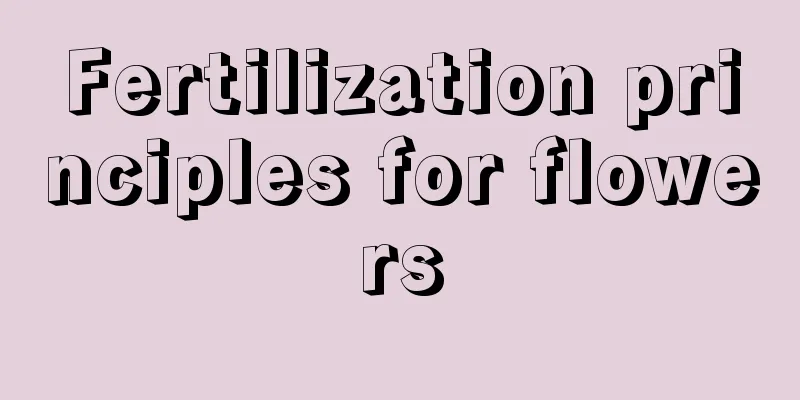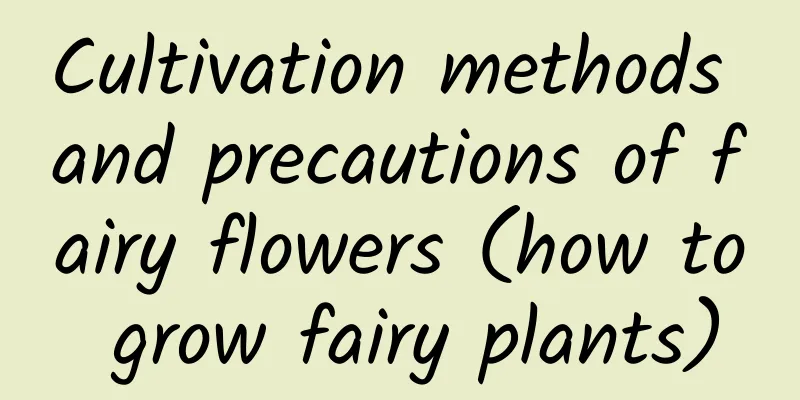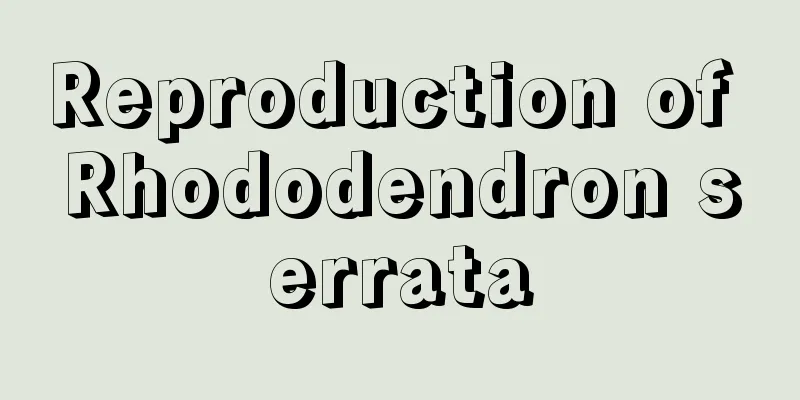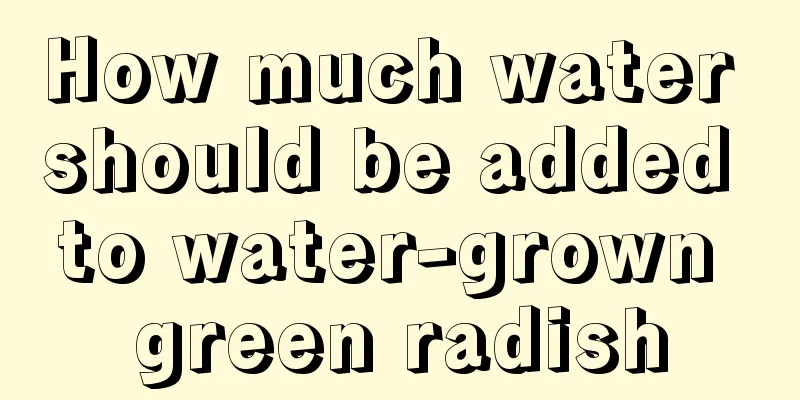Fertilization principles for flowers

Fertilize according to the seasonSpring and summer are the peak growth periods for plants. Plants grow rapidly during this period and have a greater demand for nutrients. It is necessary to apply "three-element" fertilizers mainly composed of nitrogen fertilizers. A small amount of phosphorus and potassium fertilizers can be applied in autumn to improve the plants' ability to resist cold and survive the winter. In winter, flowers enter a dormant period, and a small amount of fertilizer can be applied to meet growth needs. Fertilize according to plant growthHealthy plants grow fast and require more nutrients, so they need to be fertilized frequently with small amounts of fertilizer; diseased plants grow slowly and require less fertilizer, so less fertilizer or no fertilizer can be applied. Fertilize according to the plant growth periodDuring the bud stage, the plants should be fertilized with fertilizers mainly composed of phosphorus and potassium, which can promote the differentiation of flower buds and make the plants bloom more; it is not advisable to apply fertilizer when the plants are flowering, otherwise the flowering period will be shortened; fertilizing when the plants are setting fruit but the fruit has not yet firmly established will cause fruit drop. It is advisable to apply phosphorus and potassium fertilizers when the fruit is firmly established, especially during the fruit expansion period, to promote fruit growth. Fertilization according to plant typeAlkaline fertilizers are prohibited for certain plants, such as azaleas and gardenias. For flowers that need heavy pruning every year, the proportion of phosphorus and potassium fertilizers should be appropriately increased to promote the sprouting of new branches. Nitrogen fertilizers are suitable for flowers that are mainly for viewing leaves. Phosphorus and potassium fertilizers are suitable for the flowering period of fragrant flowers. Fruit-viewing flowers should be fertilized with sufficient fertilizer during the fruit-bearing period to increase the amount of fruit. |
<<: How to apply fertilizer to flowers
>>: The difference between decomposed and undecomposed fertilizers
Recommend
Eggplant high yield management method
Eggplant can be divided into three types accordin...
What are the cultivation methods and precautions of color-changing wood?
Cultivation method of chamomile The variegated wo...
Are potted roses easy to grow? How to care for them?
1. Is it easy to raise? Potted roses are not easy...
Rosemary planting time and method cultivation and management technology
Rosemary planting time Rosemary is suitable for p...
Your vegetable garden is dirty and messy, but look at others', it's more beautiful than a big flower garden!
1 Balcony Vegetable Garden Balcony vegetable gard...
What fertilizer is best for winter fertilization?
Fertilizing in winter is a technical job and it c...
The difference between water shield and water spinach
Different appearance Let’s first talk about the d...
When to plant gourds
1. Which month to plant? If you want to plant gou...
The difference between violets and purple bamboo plums
1. Difference of blades The leaves of violet are ...
Common species of genus Penstemon
Foxglove spathulata Morphological characteristics...
The difference between red leaf plum blossoms and cherry blossoms
1. Differences between tree trunks The trunk of t...
How to plant corn seeds
When planting corn seeds, the depth should be sha...
Sponge gourd sowing and seedling raising method
Planting loofah requires meticulous management. F...
Sheep feeding and management technology
Raising sheep is a very popular project in the br...
How to grow daisies more vigorously
Daisy growing conditions Daisies prefer a cool gr...









